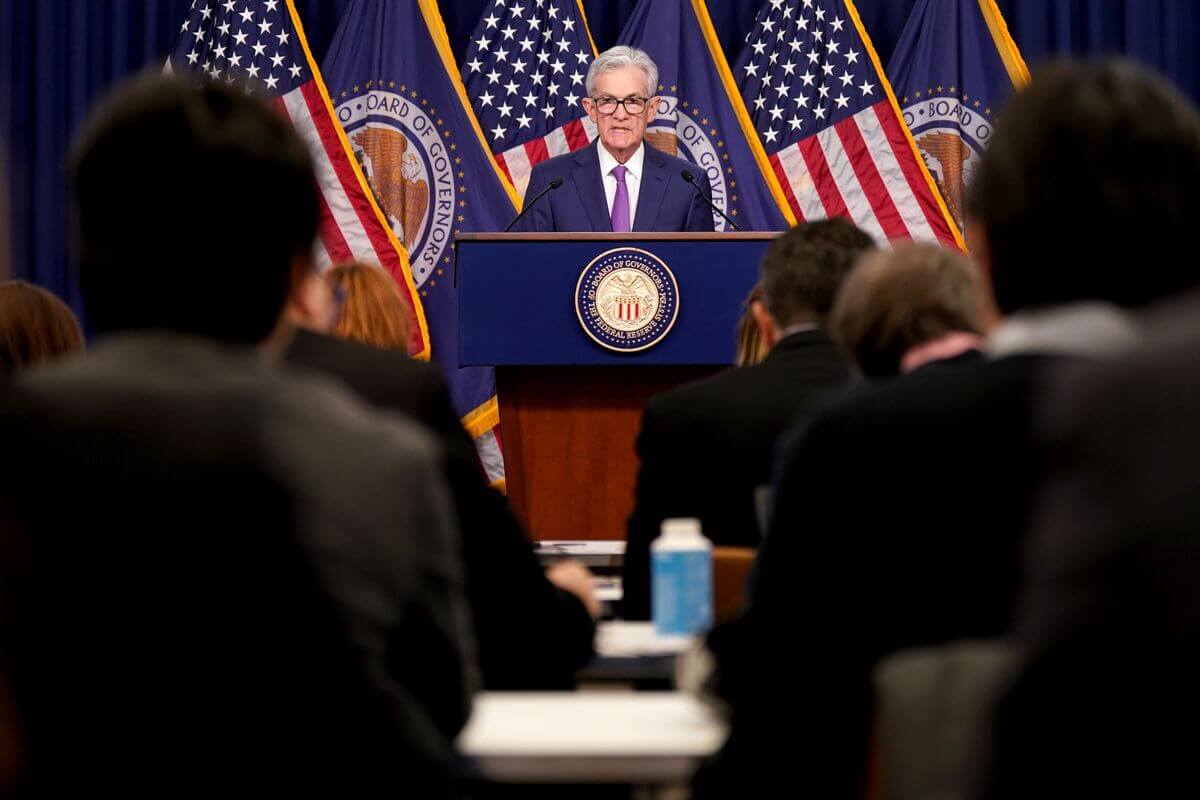Jerome Powell sent a clear message to traders anticipating swift interest rate cuts from the central bank: Hold your horses. The Federal Reserve chair, along with the post-meeting statement from policymakers, expressed confidence in the central bank’s ability to tackle the post-pandemic inflation surge. This bolstered speculation that while rate cuts may be on the horizon later this year, they won’t be as aggressive as some had hoped.

Powell firmly pushed back against hopes for an immediate move at the next meeting in March, indicating that the Fed is unlikely to act so swiftly. Instead, they are waiting for more evidence that inflation is consistently receding towards its target.
In response, the S&P 500 dropped 1.6%, and traders tempered their expectations for a March rate cut, which had previously seemed likely. However, the long-term outlook for the bond market remained largely unchanged, with Treasury yields decreasing and futures traders still anticipating a series of rate cuts by the Fed throughout the year.
Jeffrey Rosenberg, a portfolio manager at BlackRock Inc., emphasized the significance of the decision to commence rate cuts, suggesting that the Fed is taking a cautious approach rather than rushing into action.
Financial markets have been anticipating a clear shift in Fed policy since September when the central bank paused its aggressive series of rate hikes. The possibility of lower rates contributed to last year’s stock market rally, with investors hopeful that the Fed could engineer a soft economic landing. Consequently, bond yields retreated from their highs, easing financial conditions across various sectors.
However, this month has seen markets in a state of uncertainty, with stocks making only modest gains and Treasury yields trading within a narrow range.
Powell’s message, delivered after the central bank once again kept interest rates steady, failed to provide significant new guidance. He reiterated the Fed’s data-driven approach and its focus on controlling consumer prices.
Michael de Pass, global head of rates trading at Citadel Securities, noted that Powell’s message reflects the lack of consensus within the committee, suggesting that the market will continue to trade within the established range.
Some investors attribute Powell’s reluctance to endorse a March rate cut to the booming stock and credit markets, which complicate the Fed’s efforts to address inflationary pressures. However, investors remain confident that the central bank will adopt a dovish stance in the coming months, although the specifics of the policy easing are still debated.
Signs of economic slowdown were reinforced by Wednesday’s data showing a deceleration in hiring and wage costs. Treasuries gained further support after New York Community Bancorp reported an unexpected quarterly loss, reviving concerns about the US banking system.
Bond market gains persisted as Powell concluded his press conference, with two-year Treasury yields dropping by 13 basis points. Traders maintained their bets on aggressive rate cuts, even if the timing of the first move may be delayed until May. Swap contracts are still pricing in nearly six Fed quarter-point cuts by the end of December, double the median projection from Fed officials’ quarterly rate forecasts.
Investors are bracing for the Fed’s transition from hiking to cutting rates, with the timing remaining a key focus of attention.









